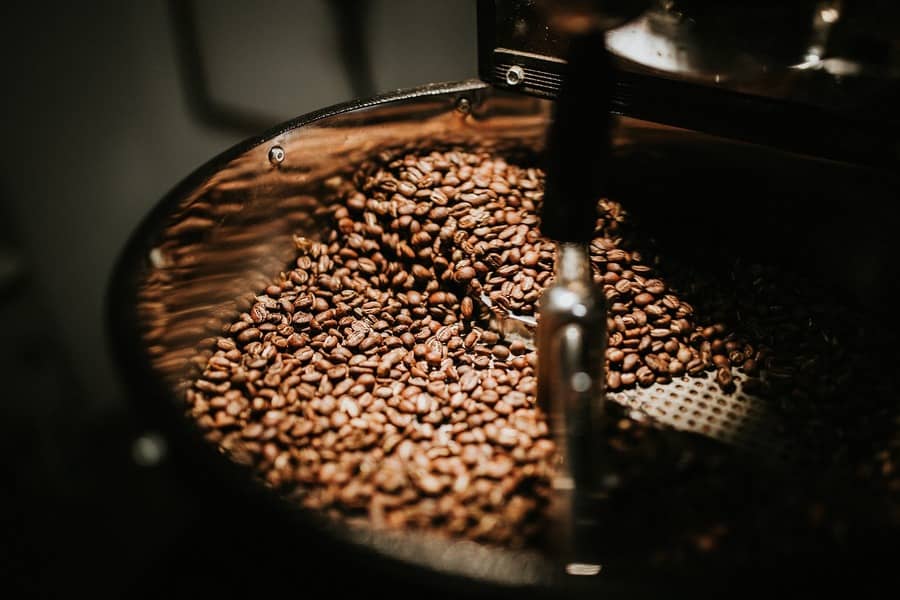Fundamentals do not support the rally on ICE US. This means that there are inconsistencies in the upward movement of coffee in New York. There is no shortage of coffee in the world, nor is there great difficulty for the industry in acquiring the product. Perhaps some flow delay problems, as is the case in Vietnam, where high moisture delayed robusta shipments. The Brazilian seller’s biggest setback, as the off-season progresses, could also create a problem but not to the point of generating risk in global supply and a rush to purchases.
The crop reaped by Brazil this year was larger than in the previous two, which brings more tranquility to supply. And the external feeling prevails that Brazil will harvest more coffee in 2024, particularly arabica, which is decisive for the price curve in the long term. It is true that production fears are gaining more visibility, but the external trader, in particular, remains optimistic about the next Brazilian crop. And in the face of a favorable climate, it is natural to expect a dismantling, at least partial, of the climate protection that funds carry when expanding their Net longe portfolio with coffee in NY. This back and forth in prices and expectations with the Brazilian crop is typical of the “weather market”. What is not common is that it happens at the end of the year, between blossoming and graining.
On the financial radar is the Fed’s monetary policy and its impact on the outlook for the world economy in 2024. There is some enthusiasm in the air, which is reflected in asset prices, especially commodities. This movement is natural and tends to dissipate over time, with the natural calm of the market. The Fed itself seeks to slightly cool things down, arguing that the beginning of the interest rate cut cycle in the US has not yet been defined and, even if it happens, the process is gradual and will be constantly reassessed. In this sense, there is a chance of new volatility on the financial horizon, especially in the first months of the new year.
As for fundamentals, there is still nothing significant that can cause demand to change behavior and leave the comfort zone, increasing the flow of coffee purchases from the growing countries. Supply remains at a quiet pace, and buyers keep prolonging positions and working with stocks in the grower’s hands, taking risks in logistics. The industry should only change this behavior if it perceives a risk in future supply, which is not yet effectively on the buyers’ radar. Only funds and some short-term agents increased their purchases.

